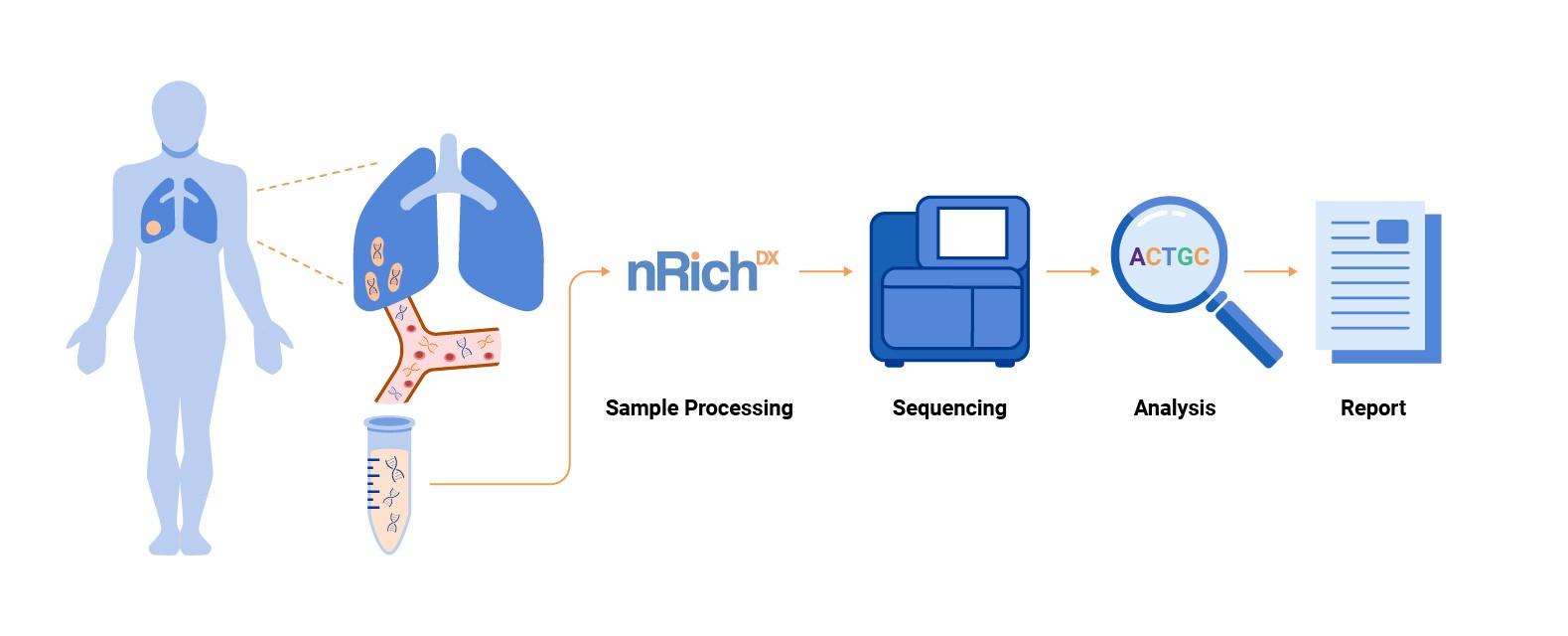Revolutionizing infectious disease diagnostics
Infectious diseases caused by bacteria, viruses, and other pathogens can range in scope from mild to deadly. For rare and emerging pathogens, current diagnostic methods can be costly and inaccurate, highlighting the need for fast and reliable pathogen detection methods.1 Liquid biopsy technology empowers clinicians to safely diagnose infectious diseases with a single blood or fluid draw. The liquid biopsy sample contains cell-free DNA (cfDNA) and RNA (cfRNA) from both the patient’s cells as well as the infectious agent. These nucleic acids can be isolated and then analyzed by next-generation sequencing (NGS) technology to identify the pathogen and diagnose the disease.
Employing liquid biopsy in infectious disease diagnostics can potentially save lives by enabling health care providers to quickly diagnose and provide treatment for patients suffering from life-threatening conditions. Sequencing cfDNA extracted from blood samples has been shown to accurately detect invasive fungal infections and identify more than 750 bacteria, 300 mold and fungal species, and 100 DNA viruses.1,2
The patented nRichDX Revolution System could facilitate the detection of infectious disease from liquid biopsy. The Revolution System has the potential to accelerate infectious disease detection by collecting up to 75X more cfDNA than competing platforms for precise profiling and classification of bacterial and viral diseases.

- Campuzano, Susana, Yáñez-Sedeño, Paloma, and Pingarrón, José Manuel. “Molecular Biosensors for Electrochemical Detection of Infectious Pathogens in Liquid Biopsies: Current Trends and Challenges.” Sensors (Basel, Switzerland) 17.11 (2017): n. pag. Web.
- Hong, David K., et al. "Liquid biopsy for infectious diseases: sequencing of cell-free plasma to detect pathogen DNA in patients with invasive fungal disease." Diagnostic microbiology and infectious disease 92.3 (2018): 210-213.
